Table of content
Introduction
Pine nuts, also known as piñón nuts or pignoli nuts, are a popular culinary delight enjoyed worldwide for their rich, buttery flavor and nutritional benefits. These tiny seeds, derived from the cones of various pine trees, are a staple in many cuisines, from Mediterranean dishes to Asian delicacies. However, like any other perishable food item, pine nuts can lose their freshness over time, leading to a diminished taste and potential health risks. Therefore, knowing how to determine the freshness of pine nuts is crucial for ensuring you get the best quality and value for your money. This article will guide you through various methods to assess the freshness of pine nuts, from visual inspection to sensory evaluation, helping you make informed purchasing decisions.
Understanding Pine Nut Freshness
Before diving into the specifics of how to check for freshness, it’s essential to understand what constitutes fresh pine nuts. Fresh pine nuts are typically characterized by their vibrant color, natural aroma, and absence of moisture loss or contamination. They should have a slightly sweet and nutty scent, with a firm texture that’s neither too hard nor too soft. Conversely, stale or rancid pine nuts often exhibit discoloration, an off-putting odor, and a change in texture, indicating that they have lost their optimal quality.
Visual Inspection
One of the simplest and most direct ways to assess the freshness of pine nuts is through visual inspection. Here are some key points to consider:
Color
Fresh pine nuts generally have a light to medium brown hue, depending on the species of pine tree they come from. Avoid pine nuts that have darkened significantly or have spots of mold or discoloration. Darkening can be a sign of oxidation, which occurs when fats in the nuts react with oxygen over time, leading to a loss of quality.
Appearance
Look for pine nuts that are whole and intact, with no cracks or broken pieces. Whole nuts retain their freshness better than broken ones, which have a larger surface area exposed to air and are more prone to oxidation and contamination.

Moisture
Pine nuts should not appear excessively dry or moist. Excessive dryness can indicate that the nuts have lost moisture, leading to a stale taste and texture. Conversely, moisture can promote the growth of mold and bacteria, compromising the nuts’ safety and freshness.
Packaging
The packaging of pine nuts can also provide clues about their freshness. Look for airtight containers or vacuum-sealed bags that minimize exposure to oxygen and moisture. Check for any signs of punctures or tears in the packaging, which could indicate that the nuts have been exposed to air, potentially accelerating the loss of freshness.
Olfactory Evaluation
Your sense of smell is another powerful tool in determining the freshness of pine nuts. Fresh pine nuts have a distinct, nutty aroma that’s slightly sweet and inviting. Here’s how to use your nose to gauge freshness:
Fresh Aroma
Take a deep sniff of the pine nuts. If they smell nutty and slightly sweet, they are likely fresh. Avoid nuts that have a strong, rancid, or musty odor, as these are signs of stale or rancid nuts.
Absence of Off-Odors
Pay attention to any unusual smells, such as those of mold, mildew, or chemicals. These odors indicate that the nuts have been exposed to unfavorable conditions, such as humidity or contamination, which have compromised their freshness.
Storage Considerations
If you’re buying pine nuts in bulk or transferring them to a different container, ensure that the new storage environment is airtight and moisture-free. The aroma of fresh pine nuts can fade over time, especially if they’re not properly stored, so it’s crucial to maintain optimal storage conditions to preserve their freshness.
Taste Testing
While visual inspection and olfactory evaluation can provide valuable insights, nothing beats a taste test for determining the freshness of pine nuts. Here’s how to conduct a proper taste test:
Initial Impression
Place a few pine nuts in your mouth and chew slowly. Fresh pine nuts should have a buttery, slightly sweet taste with a hint of nutty flavor. If the nuts taste bitter, sour, or have an off-flavor, they are likely stale or rancid.
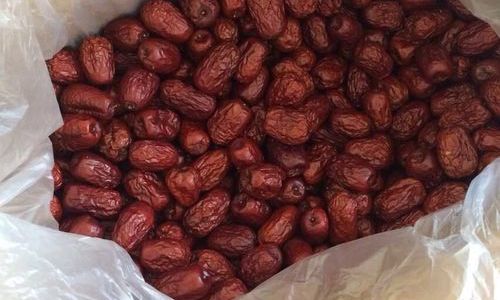
Texture
Pay attention to the texture of the nuts as you chew. Fresh pine nuts should have a firm, slightly crunchy texture. If they feel soft, mushy, or overly dry, they may have lost their freshness.
Aftertaste
After swallowing the nuts, note any lingering aftertaste. Fresh pine nuts should leave a pleasant, nutty aftertaste. If there’s a lingering bitter or rancid taste, it’s a clear sign that the nuts are not fresh.
Expiration Dates and Storage Conditions
While expiration dates aren’t always a foolproof indicator of freshness, they can provide a rough estimate of how long the pine nuts have been on the shelf. Always check the expiration date on the packaging before purchasing, and prioritize nuts with a longer shelf life if possible.
Proper Storage
Proper storage is crucial for maintaining the freshness of pine nuts. Once you open the packaging, transfer the nuts to an airtight container and store them in a cool, dark place, away from direct sunlight and heat. If you live in a humid climate, consider using a desiccant packet to absorb any excess moisture.
Freezing Pine Nuts
For long-term storage, you can freeze pine nuts in an airtight container or freezer bag. Freezing slows down the oxidation process and helps retain the nuts’ freshness for several months. Just remember to thaw them properly before use to avoid altering their texture.
Conclusion
Determining the freshness of pine nuts involves a combination of visual inspection, olfactory evaluation, taste testing, and attention to storage conditions. By following these guidelines, you can ensure that you’re getting the best possible quality from your pine nuts, enhancing both their flavor and nutritional value. Remember, fresh pine nuts are a culinary treasure that deserves to be treated with care and respect. With the right knowledge and practices, you can enjoy their rich, buttery taste and nutritional benefits for years to come.
In summary, fresh pine nuts are a delight to the senses, offering a nutritious and flavorful addition to your meals. By carefully inspecting their color, appearance, aroma, and taste, and by storing them properly, you can ensure that you’re always enjoying the best that nature has to offer. Happy tasting!
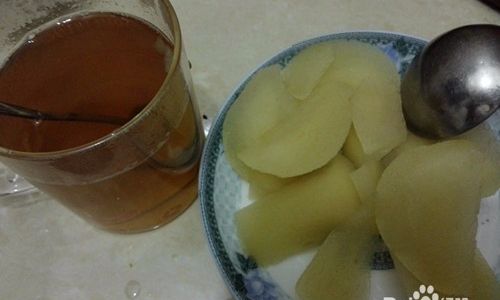
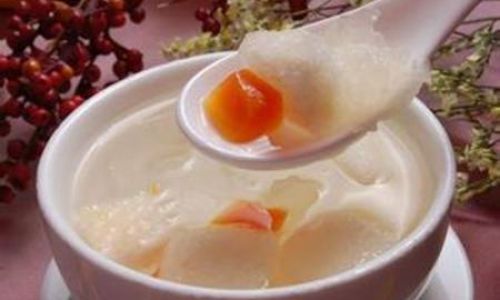
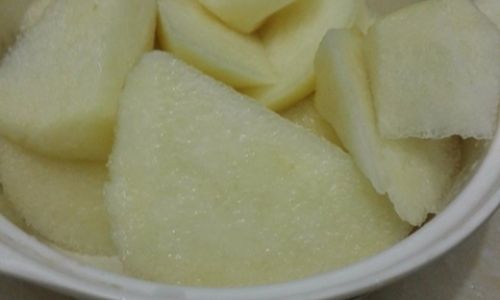
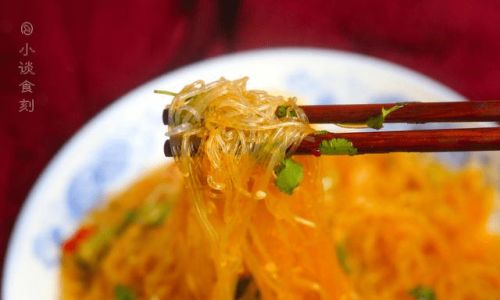
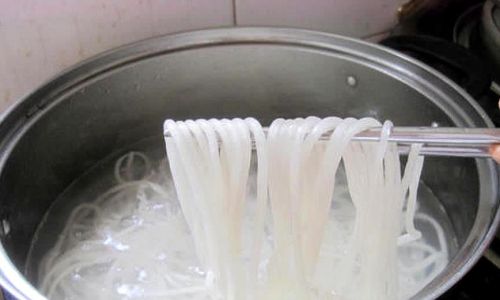
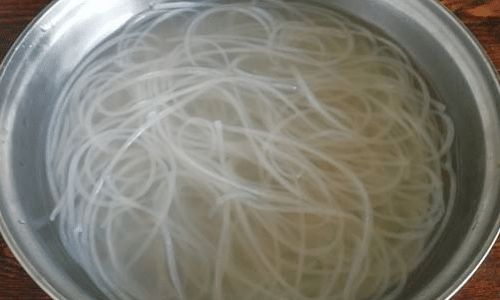
0 comments